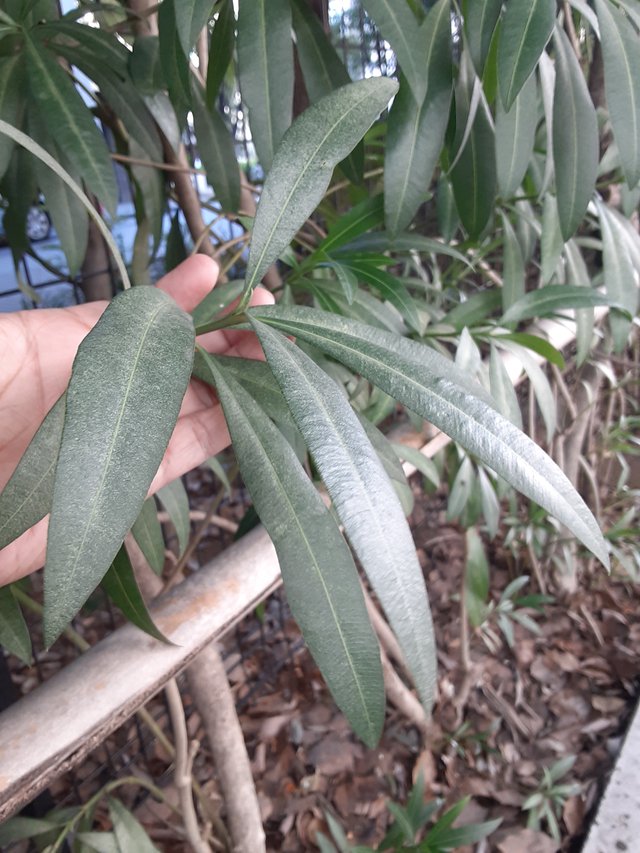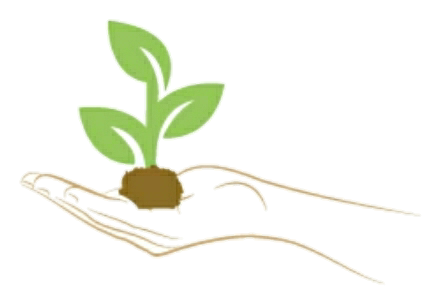
Nerium oleander, also known as oleander, is a poisonous but beautiful evergreen shrub or small tree with long, dark green leaves and clusters of showy, often fragrant flowers in shades of white, yellow, pink, red, or purple.
Oleander leaves are arranged in pairs or whorls of three along the stem. They are lanceolate to linear-lanceolate in shape, with a prominent midrib and entire margins. The leaves are 2 to 8 inches long and 0.5 to 1 inch wide. They are dark green and glossy on the upper surface, and paler green and less glossy on the lower surface.
Oleander leaves are evergreen, meaning that they stay on the plant all year round. This makes oleander a popular choice for hedges and screens. Oleander is also a popular ornamental plant for gardens and landscapes.
All parts of the oleander plant are poisonous, including the leaves. The poison can cause nausea, vomiting, diarrhea, and seizures. It can also be fatal if ingested in large quantities.
Oleander is native to the Mediterranean region, but it is now grown in many parts of the world. It is a popular plant in warm climates, as it is tolerant of drought and heat.
Here are some of the uses of oleander leaves:
- Medicinal: Oleander leaves have been used in traditional medicine for centuries. They are said to have anti-inflammatory, diuretic, and laxative properties. However, it is important to note that oleander is poisonous and should only be used under the supervision of a qualified herbalist.
- Ornamental: Oleander leaves are used in floral arrangements. They are also used to make wreaths and garlands.
- Insecticide: Oleander leaves can be used to make an insecticide. The leaves are crushed and mixed with water to create a spray that can be used to control aphids, mealybugs, and other pests.
It is important to note that oleander is a poisonous plant, and all parts of the plant should be handled with care.
Ref.:
 |  |
Upvoted! Thank you for supporting witness @jswit.
Downvoting a post can decrease pending rewards and make it less visible. Common reasons:
Submit